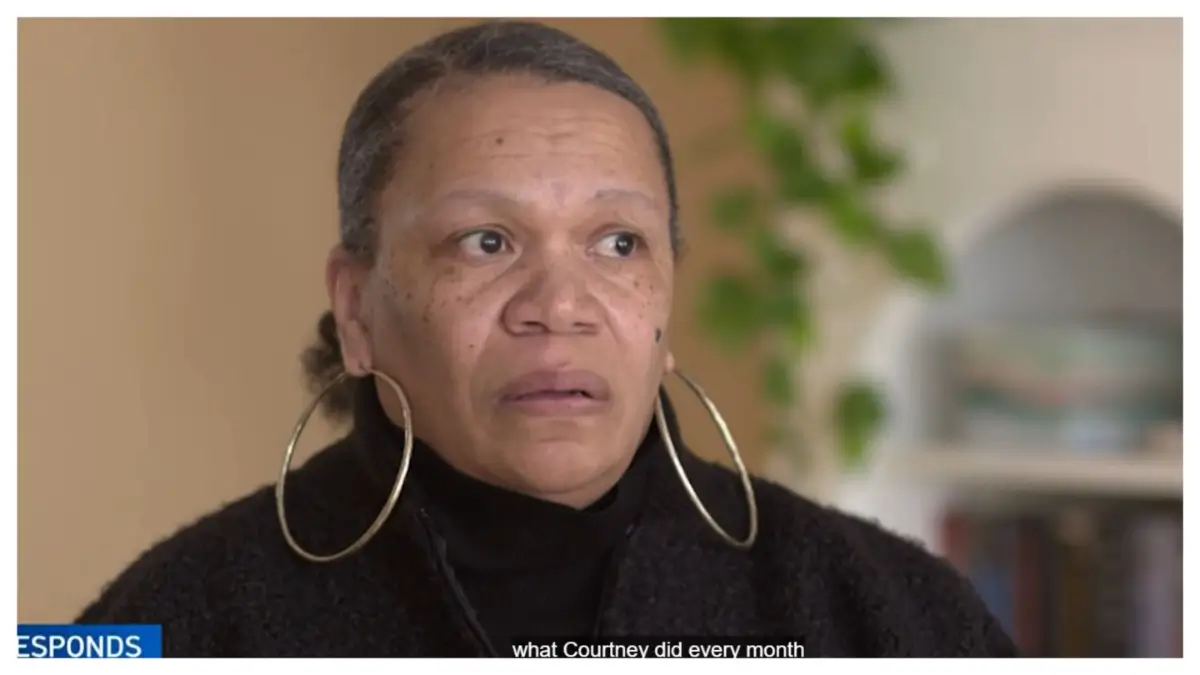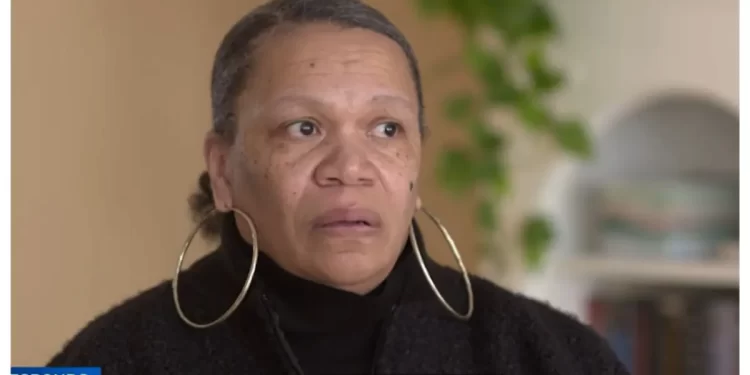A Chase Bank customer in Chicago lost her life savings after a fraud incident drained her account, but because she didn’t report it within 30 days the bank refused to reimburse her, leaving her penniless.
Courtney White, a former sergeant with the Markham Police Department now living in Chicago’s Calumet Heights neighborhood, said a decade’s worth of savings worth $87,000 vanished in an instant.


“I worked my butt off,” White said, according to NBC5. “I was the overtime queen at work. So all my overtime money went into my savings for my family.”
To build her savings, White opened a Chase Bank account in 2001, opting for no debit card or checks.
“I deliberately had my savings account set up where I would have to walk into the bank to make transactions,” White said.
For years, White made monthly withdrawals to give her son his allowance. Over time, she also used the account to help cover her daughter’s college tuition and travel expenses. Over the next ten years, White said she saved up approximately $87,000.
In the fall of 2022, White received an “insufficient funds” alert, prompting her to check her account balance for the first time in months.
To her dismay, White discovered daily withdrawals totaling thousands of dollars and later learned someone had been impersonating her.
The withdrawals were made in person at multiple Chase branches.
“If you look at all of the withdrawal slips, you can clearly see the difference in the handwriting,” White said, according to the station. She pointed out a stark contrast between how she writes dates on withdrawal slips and how the person pretending to be her did.
“I don’t know how [Chase] couldn’t catch that,” White said.
White filed a police report and multiple fraud claims with Chase, but was denied any recourse because she hadn’t reported the fraud within 30 days of receiving her statement.
“Somebody should have recognized that this is an outrageous amount of transactions every day. It should have been … some sort of alert,” White said. “I’ve never banked like that. And like I said, I’ve had Chase for 20 years.”
White also said Chase couldn’t provide surveillance footage to identify who had made withdrawals under her name because too much time had passed.
In a statement, Chase said that after reviewing the case, the bank’s decision remains final.
“We will cooperate with any investigation, as we always do. As we remind all customers, it is important to review your monthly statements and if you see any unauthorized transactions to let us know right away. We provide customers with many steps to boost account security, including setting up account alerts to receive notifications whenever there’s a purchase or withdrawal from your account that’s over a certain amount. For more info and tips visit chase.com/security,” the statement said in part.
After losing her savings, White was forced to withdraw her son from private school.
“I worked hard for that money. And that’s what I did for a living. Help people who are victims of crimes, fraud. And here I became a victim myself,” White said.
Chicago police records show that several Chase customers at the branch reported unauthorized withdrawals in recent years, describing scenarios similar to White’s, NBC5 reported.
A closer review of complaints against the Chase branch revealed that more than a dozen customers reported being robbed or scammed while using the ATM.
The issue extended beyond Chicago. Just last week, a California woman claimed that someone impersonating her withdrew money from her Chase account through a teller—without a bank card or PIN.
A local branch alerted the account holder to the fraud, and the customer immediately jumped on the issue within the required 30 days. However, submitting the claim became an ordeal and after two months of back and forth, corporate denied her request for reimbursement.
“It’s been absolutely ludicrous,” the woman told ABC7 News, giving her name only as Katrina.
In Katrina’s case, a woman using a fake driver’s license made two withdrawals from a teller at the Orinda Chase branch in December, totaling $1,500.
“I’ve never been to the Orinda branch in my life,” Katrina said, adding that the teller only became suspicious after the impersonator attempted to make a third withdrawal.
Katrina opened a claim with Chase’s fraud department, thinking it would be an open-and-shut case and get her money put back. But on Jan. 10, she received a response.
“We are denying your claim,” the letter stated, adding that the bank concluded Katrina either authorized the withdrawals or benefited from them.
“I was gobsmacked,” she told the station. “Even the branch — the Chase branch’s word —was still not enough.”
With no other options, Katrina took her story to the media, hoping for a breakthrough—and it worked. After reporters began asking questions at the branch, the bank credited her account for $1,500.
“Chase definitely needs to bolster their security. I want to say do better,” she said.
After the ordeal, Katrina paid more than $200 for a LifeLock identity theft protection subscription. The Orinda Police Department said the bank turned over video of the suspect, and the investigation remains ongoing.
The latest fraud incidents at Chase recall a harrowing case from 2023 when an Atlanta woman wound up homeless after Chase snatched her government-issued student loan check, claiming it was fraudulent.
According to Lois White, she used her mobile device to deposit a $5,298 check from the U.S. government for student loan relief into her Chase bank account. The check also included a portion from the treasurer for overpayments that she made.
She had hoped to use the money to pay off some bills, but the financial institution thought the deposit was fake and put not only a fraud hold on the check but also on her bank account. She was unable to spend or withdraw any of her money, Atlanta Black Star reported at the time.
Despite confirming that the deposited funds were hers, Chase refused to unfreeze her account or release the money.







